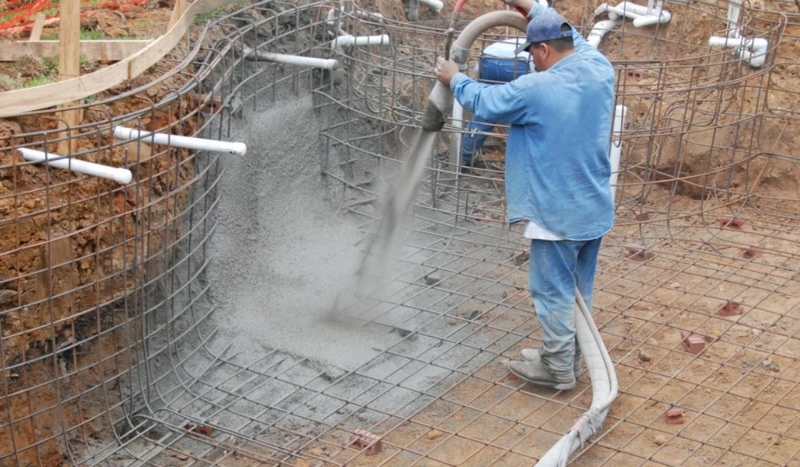When it comes to constructing a swimming pool, gunite is a popular choice due to its durability and versatility. Gunite is a mixture of cement, sand, and water that is pneumatically applied to create a reinforced concrete shell. However, once the gunite is applied, it requires an adequate amount of time to cure properly. In this ultimate guide, we will explore the factors that influence the curing time of a gunite pool and provide you with essential information to ensure a successful pool installation.
Understanding the Curing Process
Curing is a vital step in the construction of a gunite pool. It refers to the chemical reaction between cement and water, leading to the hardening and strengthening of the material. During the curing process, the cement undergoes hydration, forming bonds that provide the pool's structural integrity.
Factors Affecting Curing Time
Several factors influence the duration of the gunite pool curing process. It's important to consider these variables to ensure the pool cures effectively:
Climate and Weather Conditions: The ambient temperature and humidity levels play a significant role in the curing time. In warmer temperatures, the curing process is typically faster, while colder temperatures can slow it down. It's crucial to monitor weather conditions during the curing period and make necessary adjustments if needed.
Pool Size and Shape: The size and shape of the pool also affect the curing time. Larger and more intricate pools require additional curing time due to the greater volume of gunite applied and the complexity of the structure.
Mix Design and Application Technique: The mix design of the gunite, including the ratio of cement to sand, can impact the curing time. Additionally, the method of application, whether it is dry-mix or wet-mix gunite, can influence the curing process.
Average Curing Time
While the curing time can vary depending on the factors mentioned above, a general guideline is to allow the gunite pool to cure for approximately 7 to 28 days. This timeframe allows for the proper hydration and hardening of the material. However, it's crucial to consult with your pool contractor as they will have specific recommendations based on the project's unique characteristics.
Curing Techniques and Maintenance
To ensure the gunite pool cures effectively, proper curing techniques and maintenance are essential. Here are some tips to facilitate the curing process:
Watering: Regularly spraying the gunite shell with water during the initial curing period helps prevent premature drying and cracking. Follow the watering schedule recommended by your contractor.
Avoid Heavy Loads and Traffic: Restrict heavy equipment, excessive foot traffic, and any other activities that may cause stress on the gunite shell during the curing process. This precaution will help maintain the integrity of the pool structure.
Pool Cover and Landscaping: Delay installing the pool cover and landscaping until after the curing period is complete. This allows the gunite to cure without any hindrance and reduces the risk of damage.
Conclusion
The curing process is a crucial stage in the construction of a gunite pool. Understanding the factors that influence curing time and implementing proper curing techniques are vital to ensuring the structural integrity and longevity of your pool. Consult with a professional pool contractor to determine the specific curing requirements for your project. By allowing the necessary time for the gunite to cure properly, you can enjoy a beautiful and durable pool for years to come.



